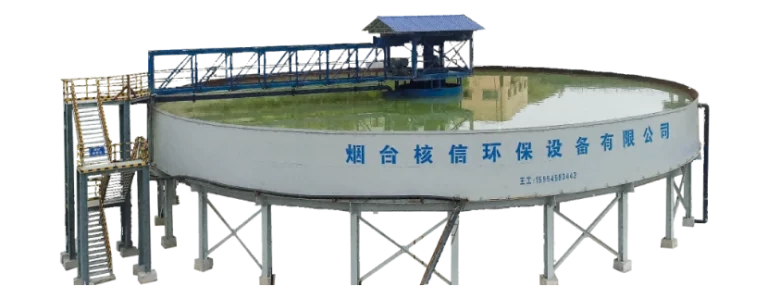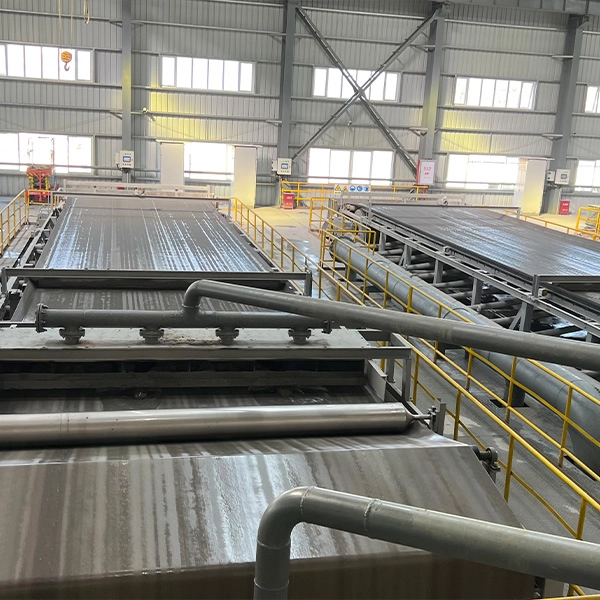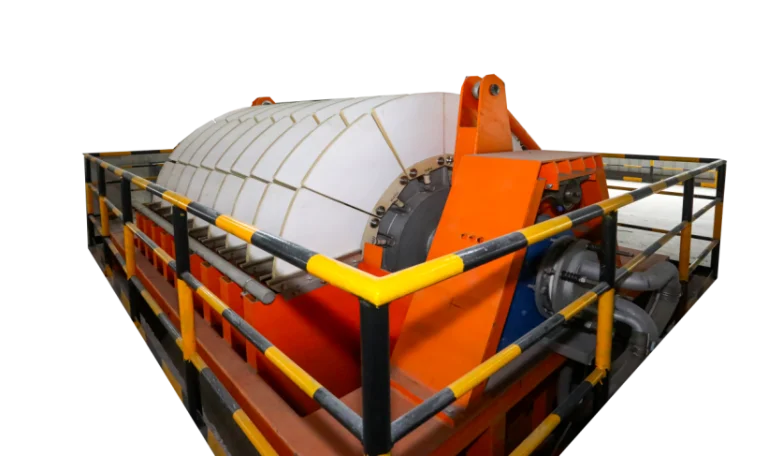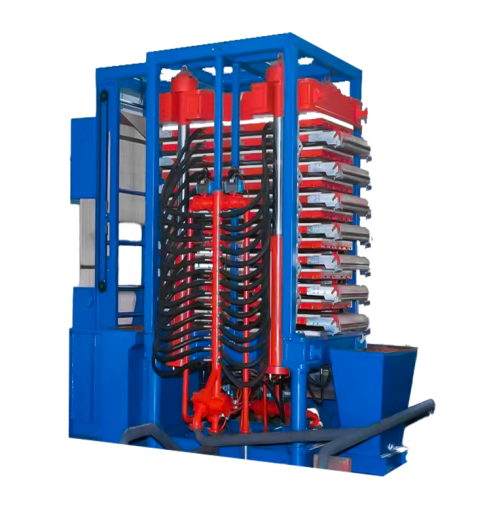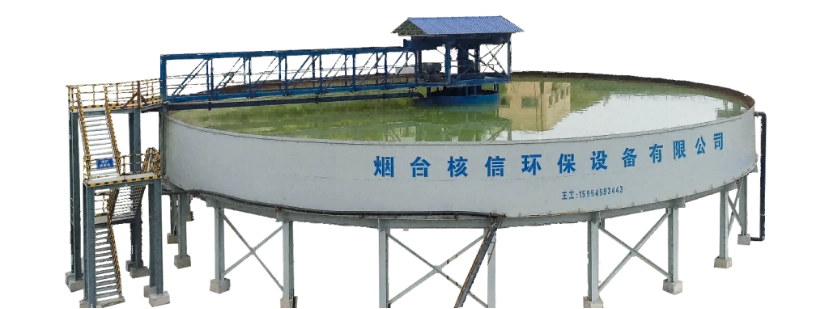
Key Features of High-efficiency Thickeners
Design and Structure of High-efficiency Thickeners
High-efficiency thickeners excel in separating solids from liquids. Their design is precise. A central drive powers the system. Rake arms guide solids to the discharge. The feedwell spreads slurry evenly. Tanks use tough materials. They endure harsh conditions. According to different types of high-efficiency thickeners, the materials suitable for processing vary. Modular setups simplify setup. Maintenance becomes easier too.
Energy Efficiency in Thickeners
Saving energy matters greatly. These thickeners use less power. This cuts costs. It also helps the planet. Smart drive systems save energy. Rake designs are optimized. They handle more with less effort. Industries value this efficiency. It suits large-scale needs.
Technology Boosting Efficiency
Modern tech transforms thickeners. Automation leads the way. PLC systems adjust in real time. Remote controls streamline tasks. They cut downtime. Productivity rises. These advancements are vital. High-efficiency thickeners fit today’s demands.
Factors to Consider in Selecting a High-efficiency Thickener
Material and Build Quality
A thickener’s materials define its strength. Choose corrosion-resistant options. They last in tough settings. Yantai Hexin Environmental Protection Equipment Co., Ltd ensures quality. Their equipment meets strict standards. This guarantees long-term reliability.
Capacity for Industrial Needs
Capacity must match your work. Mining needs differ from chemicals. Sewage treatment varies too. Pick a model that fits your scale. This avoids overloading. Performance stays strong. Efficiency remains high.
Compatibility with Environments
Thickeners must adapt to conditions. Consider temperature and chemicals. Feed types matter too. A good fit ensures smooth workflows. Customization helps here. Manufacturers offer tailored options. Your operations benefit.
Applications of High-efficiency Thickeners in Various Industries
Mining Operations
In mining, thickeners are key. They dewater tailings well. Solids separate from liquids. This aids disposal or reuse. Large volumes are no issue. Reliability drives success. Efficiency is critical.
Chemical and Metallurgical Uses
Chemical plants rely on thickeners. So do metallurgical processes. They handle leaching residues. Oxide processing is another task. Fine particles pose no problem. Sticky materials get managed. Precision keeps operations smooth.
Sewage and Tailing Treatment
Sewage plants use thickeners. They shrink sludge volumes. Water separates from solids. In tailings, water is recovered. This cuts environmental harm. Efficiency supports green goals.
Comparing Different Models of High-efficiency Thickeners
Design Variations for Industry Needs
Thickeners come in many forms. Each suits specific tasks. Some feature advanced rakes. They process slurry fast. Others are compact. They fit small spaces. Feedwell designs differ too. They ensure even slurry flow. According to different types of high-efficiency thickeners, the materials suitable for processing vary. Some tackle fine particles. Others manage tailings. Customization adds flexibility.
Pros and Cons of Models
Every model has strengths. Automated thickeners save time. PLC systems boost control. Efficiency climbs high. But costs can be steep. Smaller firms may pause. Compact models save space. Yet, capacity may lag. Larger units handle volume. Maintenance needs grow. Weigh these factors. Choose what fits best.
Maintenance and Operational Tips for High-efficiency Thickeners
Routine Maintenance Practices
Keep thickeners running smoothly. Check rakes and drives often. Look for wear signs. Lubricate moving parts. This stops breakdowns. It also boosts efficiency. The equipment is manufactured strictly complied with country, industry, and company standards. Tanks need cleaning. This clears residue buildup. Monitor feed rates. Adjust as needed. Overloading hurts performance.
Troubleshooting Common Issues
Thickeners face challenges sometimes. Uneven slurry flow is one. Check the feedwell. Clean it if clogged. Rakes or drives may fail. Lubricate them regularly. Replace worn parts fast. Automation glitches happen too. Review PLC settings. Call support if stuck. If problem happens during operation, 24 hours online service is provided. For tough issues, technicians can visit. Buyer covers costs. Downtime stays low.
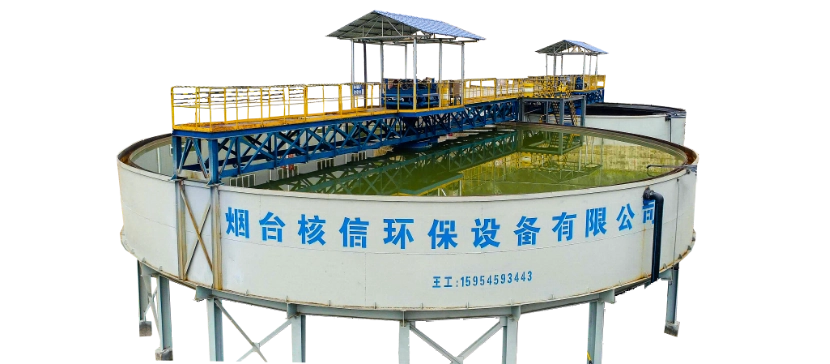
FAQs
Which industries use high-efficiency thickeners?
Mining, chemicals, metallurgy, and sewage treatment rely on them. They handle varied tasks.
How do I pick a thickener model?
Look at capacity and materials. Check environmental fit. Customization matters too.
What maintenance tips help thickeners?
Inspect rakes and clean tanks. Lubricate parts often. Monitor feed rates closely.
Can thickeners manage fine particles?
Yes, their designs excel. They handle tough conditions well.
What if my thickener has issues?
Check feedwells or rakes first. Contact support for help. Onsite aid is available.
Discover filtration solutions from Yantai Hexin Environmental Protection Equipment Co., Ltd. Reach out to explore their tailored thickeners today!

